Theresienstadt, or Terezin as it was commonly called, is probably best remembered as the ‘showcase’ camp among all the Nazi concentration camps. Part camp, part ghetto, conditions in Theresienstadt were appalling for the most part and it also served as a major deportation center. Deportations, Ela Weissberger writes in The Cat with the Yellow Star, were called “being sent to the East” and the inmates of Terezin thought that meant they were going east to work; they didn’t have any idea it meant being sent to a concentration camp like Auschwitz. But Terezin was also the promoted by the Nazis as a cultural center and many of the inmates were among some of the most well-known Jewish members of the arts throughout Europe in the 1930s.
The Cat with the Yellow Star is the true story of Ela Weissberger and her life before, during and after the part of her childhood that she spent in Terezin.
Ela and her family were living in the Sudetenland when the Nazis took control of this area of Czechoslovakia. The family decided to move to Prague, but not before her father, Max Stein, was arrested by the Nazis for speaking out against Hitler. Ela never saw him again.
Not long after arriving in Prague, Jewish children were prohibited from to attend school, all Jews were forced to wear a yellow star, and in 1941, deportations began. In 1942, Ela, age 11, and her family were sent to Terezin. For a while, Ela lived with her mother in a barrack, but her mother soon sent her to live in a barrack designed for girls only. There were 28 girls altogether and began to make Ela lots of friends. The caretaker in her barrack, Tella, was very strict about hygiene even under the terrible conditions of the camp, making sure the girls kept the barrack clean, the bedding was aired out everyday to fight the bedbugs and lice they were plagued with and having the girls wash daily even if the water was ice cold.
But Tella also taught them songs and made sure they did their schoolwork, both of which were forbidden and accomplished in secrecy. Also forbidden was any descriptions of the camp, whether in writing or drawing, but the well-known artist Friedl Dicker-Brandeis was also in Terezin and brought the children art supplies to use under her supervision.
Also in Terezin was composer Hans Krása, who had written the children’s opera Brundibar as an anti-Nazi work. In 1943, he reworked it and it was announced that Brundibar was going to be performed. Ela was cast to play the part of a cat. The Nazi officers were very capricious about allowing cultural activities, but play was allowed to rehearse several times in the summer on 1943. Brundibar was preformed a number of times during 1943-1944. Sadly, as children were deported, their parts were taken over by other kids. Ela, however, was fortunate enough to have never been deported and therefore, never missed any of the 55 performances that were given and always played a cat.
By: Alex Baugh,
on 2/28/2011
Blog: The Children's War (Login to Add to MyJacketFlap) JacketFlap tags: Friendship, Czechoslovakia, POWs, Add a tag Traitor begins in the winter of 1944. Anna Brünner, 16, lives in Stiegnitz, a small village, with her mother and grandmother, not exactly Nazi supporters, and her younger brother Felix, member of the Hitler Youth and completely indoctrinated in National Socialist dogma. Older brother Seff is fighting at the Eastern front. Anna's father, Felix Brünner, had been a conjuror with a traveling circus before marrying her mother, and had committed suicide when Anna was still a baby. During the week, Anna goes to school in Schonberg, living in an attic room rented from a widow, and coming home every Saturday afternoon to Sunday afternoon. While walking home from the train station, Anna notices some odd footprints in the snow. Becoming curious, she follows them all the way to her family’s barn. Climbing up into the hay loft, Anna finds a sleeping man lying there, wet and emaciated. Anna assumes that he is an escaped patient from the nearby mental asylum, but at home, her grandmother tells her about eight Russian POWs who had escaped in the area. Seven of them were found and shot on the spot. Anna naturally assumes that the man in the barn is the last missing Russian, but still feels sorry for him. She tells her grandmother that she thinks she is getting a cold and is given a jug of steaming milk and told to go to bed. Naturally, Anna sneaks it out to the hay loft and gives the milk to the man. Anna continues to think about this man and before returning to school on Sunday, she givess him clean, dry clothes, some food and takes him to the Moserwald Bunker, a large complex that had been used for defense at one time, but has long since been abandoned. Using hand motions, she explains that he must stay there or he will be caught. With the help of a calendar, Anna indicates that she will return the following weekend. Although Anna knows it is treasonous to help the enemy, she continues to bring the Russian, whose name is Maxim, more clothing and food. After giving him her older brother’s clothes, Anna becomes afraid that they can be traced back to her if Maxim if found. As Anna becomes increasingly stressed by this, her landlady, Mrs. Beraneck, notices and, knowing she is not a supporter of the NS regime, Anna finally confides in her that she is hiding Maxim. Just before Christmas vacation, Anna find clothing, toiletries and some kitchen utensils in her room for Maxim, left there by Mrs. Beranek. The police have by now basically given up their search for Maxim. By now, the war is not going well for the Germans and the Russian Army has been pushing westward, getting closer and closer to Stieglitz. Anna’s brother Felix, however, has been watching her closely and following her when she goes to visit the bunker. He finally confronts Anna, telling her that he thinks she is hiding the prisoner and reminding her that that is treason, punishable by death. She explains that she goes to the bunker to be alone and write poetry. He accepts this explanation with skepticism. Traitor is a taut, psychological novel, full of the kind of suspense that grips the reader, making it impossible to put the book down. It relies, for the most part, on Anna’s thoughts to move the narrative forward, so the reader can see the interesting play of what she thinks and what she does. It had me on the edge of my seat the whole time I was reading. There seemed no possibility that this story of Anna and Maxim could have any kind of
5 Comments on Traitor by Gudrun Pausewang, translated by Rachel Ward, last added: 3/2/2011
Display Comments
Add a Comment
By: Alex Baugh,
on 2/24/2011
Blog: The Children's War (Login to Add to MyJacketFlap) JacketFlap tags: Czechoslovakia, Lebensborn, Gestapo, Add a tag Joan Wolf has written novel based on truth. The first part of Someone Named Eva is based on the famous massacre of the residents of Lidice, Czechoslovakia. The second part is based on a little known practice of the Nazis in which children who looked Aryan were forcibly taken from their families, placed in a Kinderheim (children’s home) and Germanized. After their Germanization was completed, they were adopted by German families. The novel begins in the middle of the night on June 10, 1942, a few weeks after Milada Kralicek’s 11th birthday. There is a knock on the Kralicek’s front door and armed Nazis order the family to pack a few things and go with them. In the yard, Milada, her mother, grandmother and baby sister are separated from her father and older brother. Before they leave the yard, Milada’s grandmother surreptitiously gives her a star shaped garnet pin and tells her she must always keep it to remember who she is. The stars had always held special meaning for them; growing up, her grandmother had taught Milada all about the constellations and how the North Star can always help you find you way home. On the road, they are joined by the other women and children of Lidice. These are all people who had believed that they were safe from the Nazis because they were not Jewish, but Hitler was enraged about the assassination of Reinhard Heydrich* in Prague by two Czechs. He gave an order that all adult men over 16 were to be executed, all women were to be sent to a work camp, the village of Lidice was to be burned to the ground and all children suitable for Germanization were to be removed. Wolf does not go into all the grime details of this terrible event, but the reader does slowly learn something about it as the story goes along. From Lidice, the women and children are driven to Kladmo, where they are held in a large gymnasium. The floor is covered with hay and each family quickly claims a space for themselves on the floor. On the second day, two men go through the gym, looking over the children and picking a few to go with them, including Milada. These children have one thing in common - blond hair and blue eyes. They are lined up and examined, including measurements of their noses and heads. Even the color of their eyes is compared to an eye color chart. Late on the third day, Milada is taken away from her mother, who is later sent to Ravensbrück Concentration Camp. Milada and one other girl are put on a bus by themselves. In reality, it is estimated that around 100,000 children were stolen from their families for Germanization just as Milada is. The girls are taken to Puschkau, Poland, a village surrounded by barbed wire. It is filled with Nazi women and girls who look just like Milada – blond hair, blue eyes. She is at a Lebensborn center, where she is about to be Germanized. Here, Milada ceases to exist as she is turned into Eva, an Aryan girl. Milada/Eva spends two years at the center in Puschkau being Germanized, better known as brainwashing – learning how to speak German and how to be a proper Nazi wife and mother. There are no shortages here, none of the hunger she had felt at home, and there are always new warm clothes and shoes whenever they are needed. Though she tries hard to hang on to her original identity, Milada begins to slip away and Eva takes over. After two years, Eva is adopted by a German family, and her new father is the commandant of Ravensbrück. At first, life is good there, with the exception of the terrible smell
4 Comments on Someone Named Eva by Joan M. Wolf, last added: 2/25/2011
Display Comments
Add a Comment
By: Diana,
on 1/18/2010
Blog: inspiration from vintage kids books and timeless modern graphic design (Login to Add to MyJacketFlap) JacketFlap tags: Typography, Found design, czechoslovakia, graphic-design, 1940s, magazine, Add a tag
Young people working in the printing industry in Czechoslovakia from 1920s to mid century were graced with a beautiful journal, Typ. The decision to use only a couple of colors, lots of negative space, play with alignment, and change the placement of the title kept the design on the forefront, in the late 40s and today.
Via Amass ——————– Also worth checking: Typografische Monatsblatter. Not signed up for the Grain Edit RSS Feed yet? Give it a try. Its free and yummy. ——————– No Tags©2009 Grain Edit - catch us on Facebook and twitter
By: Dave,
on 11/23/2009
Blog: inspiration from vintage kids books and timeless modern graphic design (Login to Add to MyJacketFlap) JacketFlap tags: illustration, Off our book shelves, maps, vintage, 1960s, ephemera, czechoslovakia, Add a tag
Beautiful tourist map from Czechoslovakia (now the Czech Republic) dating back 1966. I love the bold colors and simple line work. I’m guessing that the illustration inside the red square on the left side is a beer. Look at that foamy top! Sweet mother of beverages!
The inside of the map includes info on transportation, Czechoslovak Travel Bureau (CEDOK), natural resources and mountain ranges. No info on that giant beer though. This post was inspired by a post I found at Amy Cartwright’s awesome Stickers and Stuff blog. She found an image of this map in Bonito club’s wonderful Flickr account. The post was missing images of the inside of the map, so I decided to grab some photos from the copy I own. ——————– Also worth checking: Czech street map & Designers bookshelf with Amy Cartwright. Not signed up for the Grain Edit RSS Feed yet? Give it a try. Its free and yummy. ——————– No Tags©2009 Grain Edit - catch us on Facebook and twitter
By: Dave,
on 4/14/2009
Blog: inspiration from vintage kids books and timeless modern graphic design (Login to Add to MyJacketFlap) JacketFlap tags: Uncategorized, vintage, posters, 1960s, czechoslovakia, rare, Add a tag
Poster for Vysoka Zed’ (The High Wall) c1964 Directed by Karel Kachyna Stunning posters from the Czechoslovakian designer Zdenek Ziegler.
Poster for Krik (The Cry) c1963 Directed by Jaromil Jires Poster for Jules and Jim c1967 Directed by Francois Truffaut No Tags
©2009 Grain Edit
By: Dave,
on 2/5/2009
Blog: inspiration from vintage kids books and timeless modern graphic design (Login to Add to MyJacketFlap) JacketFlap tags: Uncategorized, Typography, vintage, 1970s, Found design, ephemera, czechoslovakia, graphic-design, matchbox-labels, Add a tag
Grain Edit reader Dan Chamberlain sent in this rad safety match label from the 1970s. He discovered it on a recent trip back to his hometown in Essex where he stumbled upon his Grandfather’s collection of matchboxes. You can see some of the other labels from his grandfather’s collection here. No Tags©2008 Grain Edit
By: Dave,
on 7/21/2008
Blog: inspiration from vintage kids books and timeless modern graphic design (Login to Add to MyJacketFlap) JacketFlap tags: BOOKS, illustration, childrens books, animals, out-of-print, Off our book shelves, vintage, 1960s, czechoslovakia, kids-books, Add a tag
The Jungle Race - c 1967- Published by Bancroft & Co. Super cool children’s book from Czech illustrators G. Seda and J. Pavlin. One of many pop up books the duo illustrated during the 1960s and 70s. The short version of this story is: a lion, an elephant and and a giraffe try to put together a race and find out that their friends are totally lame. Their loser friends include trendy Zebra fashions snobs, snorkeling hippos and an antelope that likes to get tossed in the air by a gaggle of monkeys.
By: Dave,
on 5/27/2008
Blog: inspiration from vintage kids books and timeless modern graphic design (Login to Add to MyJacketFlap) JacketFlap tags: Off our book shelves, modern, out of print, 1960s, ephemera, czechoslovakia, bikes, matchbox labels, labels, Add a tag
Solo Lipnik - UUZO Praha - Pronti Tetanu label - 1960s? Super cool matchbox label from Czechoslovakia. Pretty intense colors. Nothing like taking a bike ride through a field of ketchup. Can anyone translate the text? 1960s, bikes, czechoslovakia, ephemera, labels, matchbox labels, modern, out of print
By: Dave,
on 3/24/2008
Blog: inspiration from vintage kids books and timeless modern graphic design (Login to Add to MyJacketFlap) JacketFlap tags: czechoslovakia, graphic design, modern, out of print, maps, Found design, Mid century, Add a tag
Obviously the design work of a mad genius who is addicted to lollipop trees. (Via the really good Kris’s color stripe blog) czechoslovakia, graphic design, maps, Mid century, modern, out of printBlog: Needle Book (Login to Add to MyJacketFlap) JacketFlap tags: gardening, garden, yard, plants, shed, Add a tag
4 Comments on Gardening, last added: 10/16/2007
Display Comments
Add a Comment
Blog: SusanWrites (Login to Add to MyJacketFlap) JacketFlap tags: environment, plants, Add a tag
Today is Blog Action Day, a single day in which bloggers all over the world post on the same topic. This year the topic is the environment. Blog: AmoxCalli (Login to Add to MyJacketFlap) JacketFlap tags: illustration, scary, graphic novel, gothic, victorian, Colin Stimpson, plants, herbal, Add a tag
0 Comments on The Poison Diaries as of 8/23/2007 8:57:00 AM
Add a Comment
|






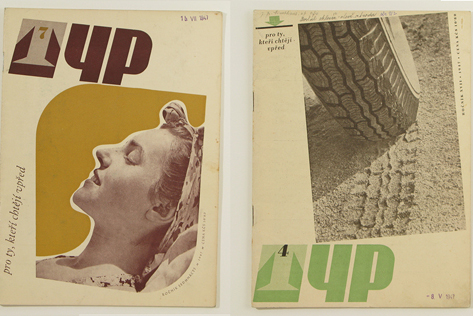

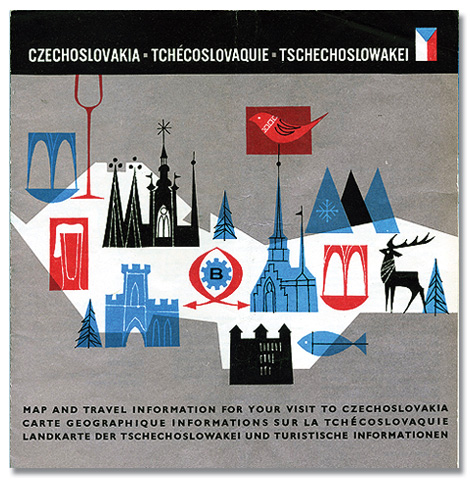
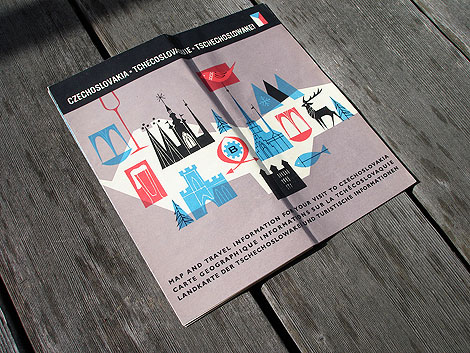

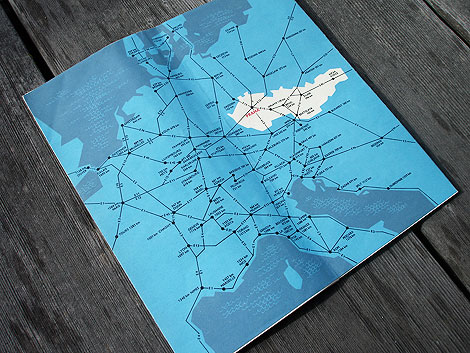
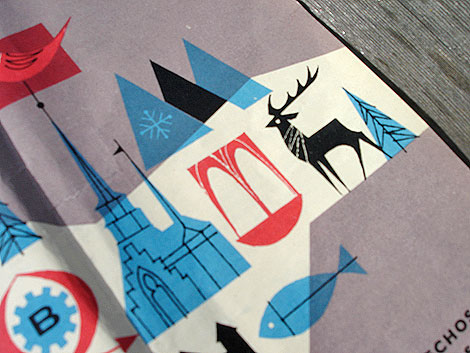
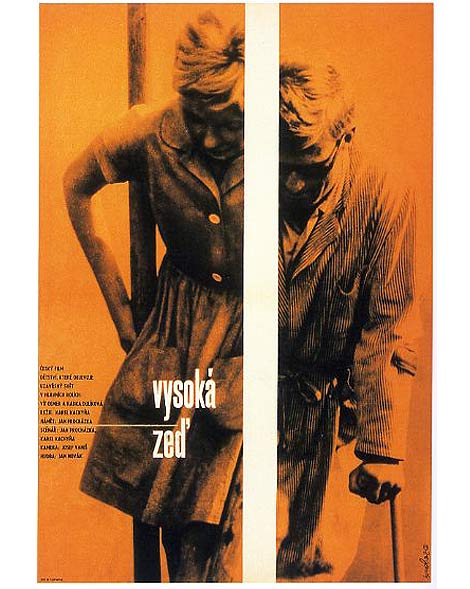
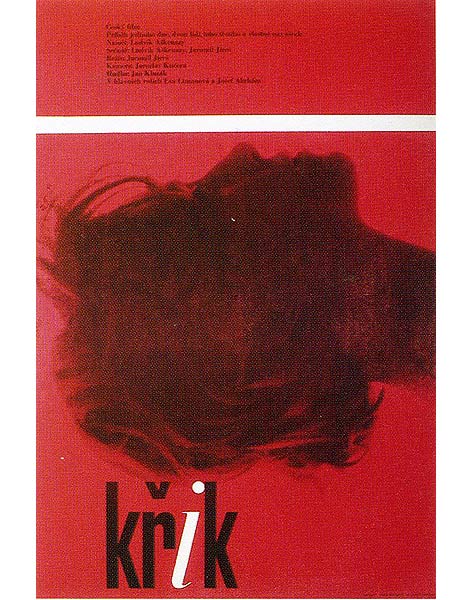
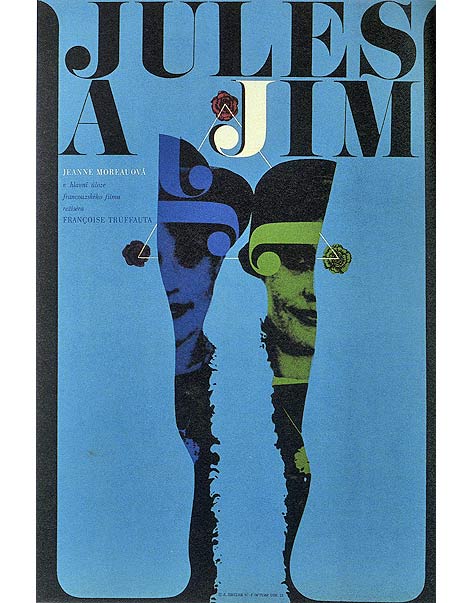
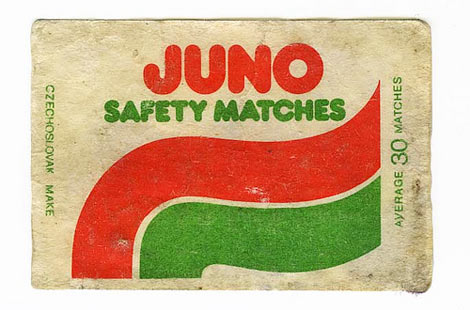
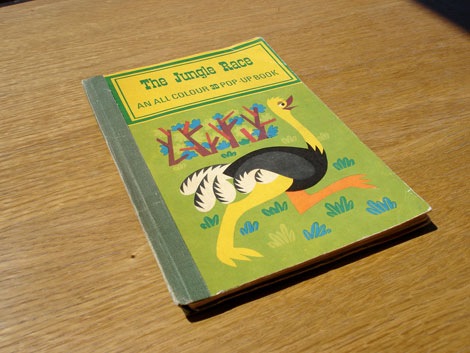

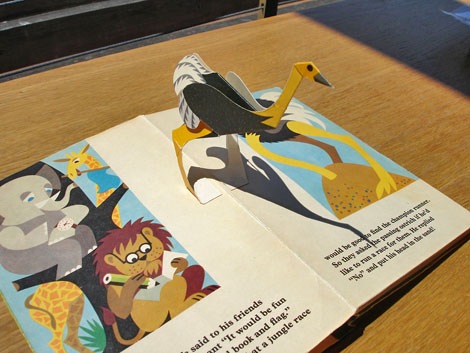
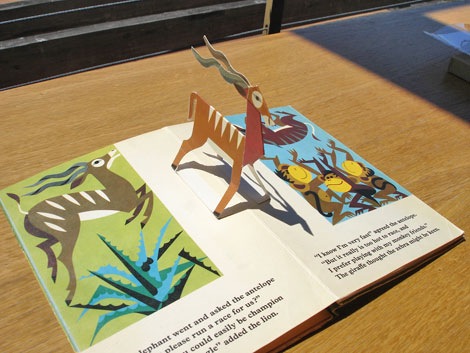
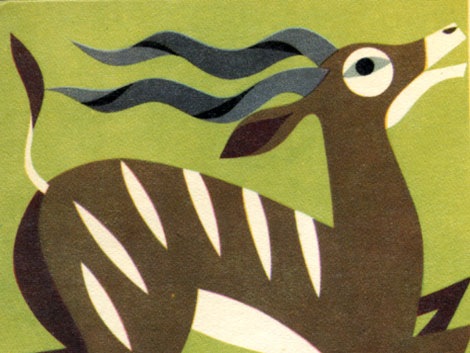
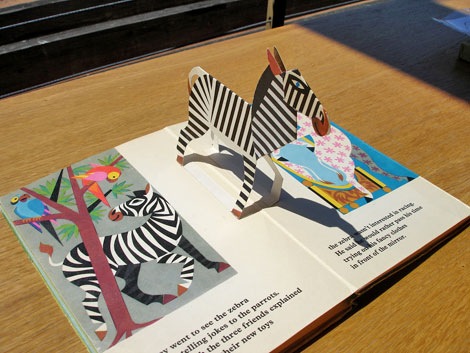
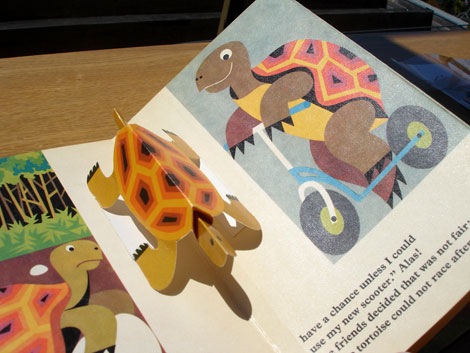
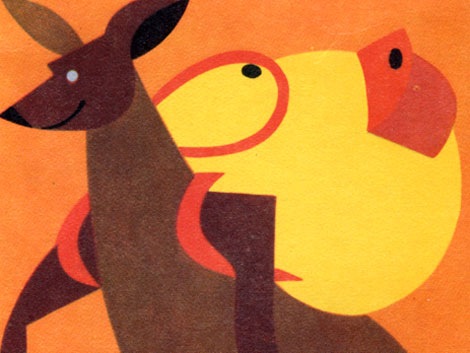
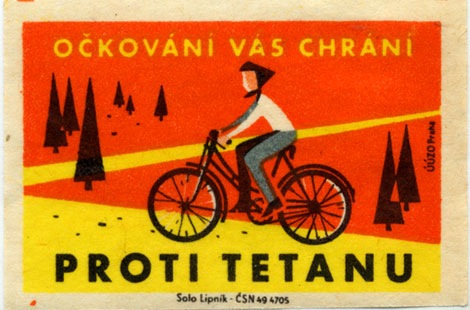
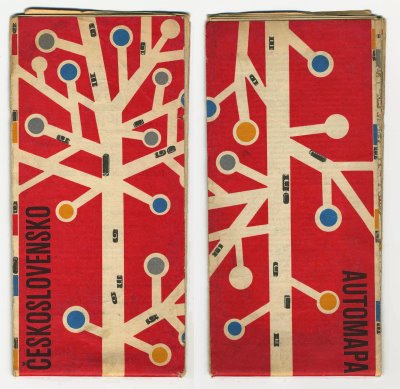
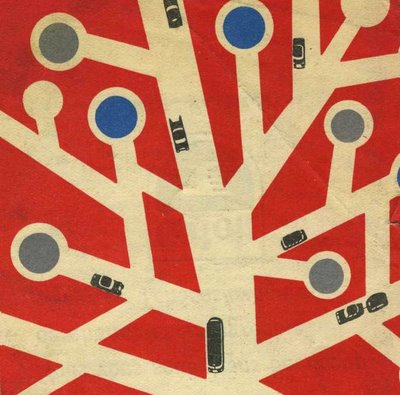
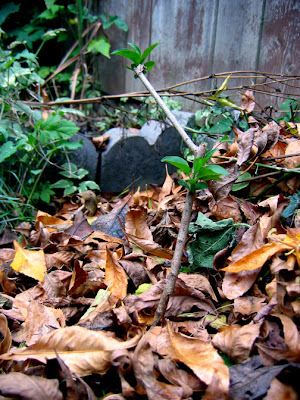









What a heartbreaking story. The true stories that come out of WWII never cease to amaze me. I can't even imagine all the stories we lost.
http://www.ManOfLaBook.com
Yes, all Holocaust stories are heartbreaking, but I think it is important to talk about them.
Thanks, Alex, for this thought-provoking post.